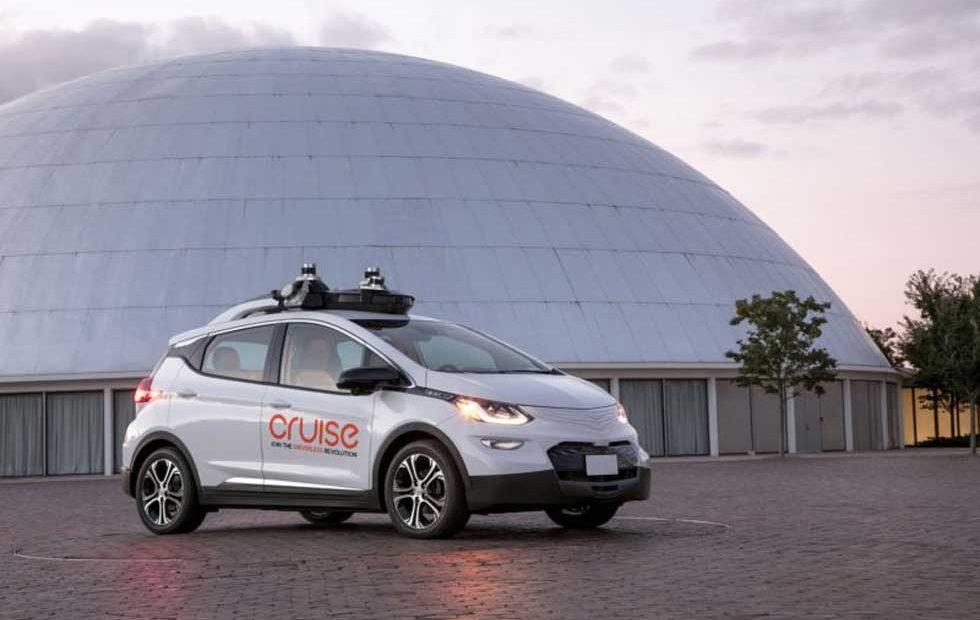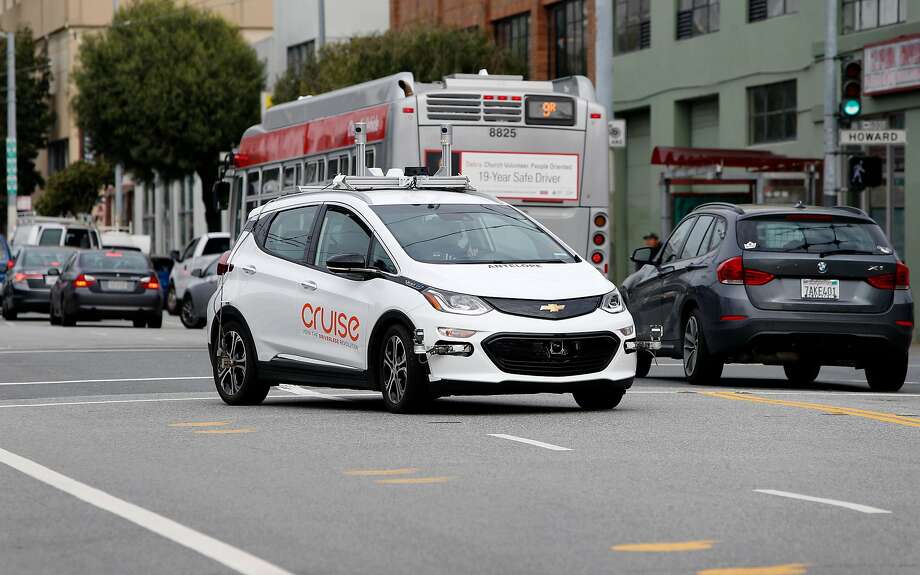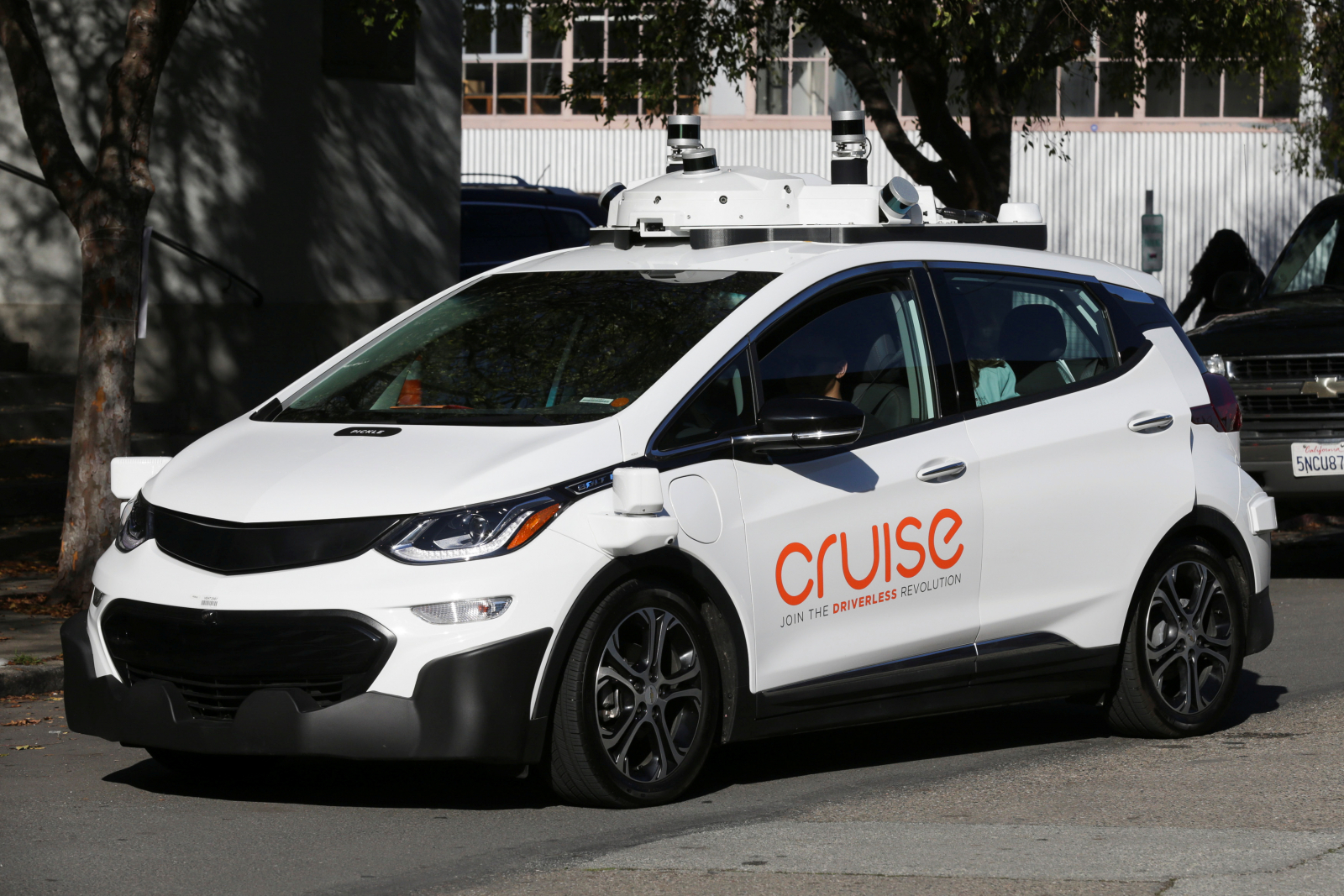Table Of Content
- In A Divided San Francisco, Private Tech Buses Drive Tension
- Autonomous vehicles are programmed to be overly conservative
- Cruise (autonomous vehicle)
- Armed with traffic cones, protesters are immobilizing driverless cars
- Company Info
- Plus, a Faraday Future whistleblower case and humanoid robots in car factories

Cruise vehicles with trained safety drivers will be mapping the streets of multiple cities soon, but driverless rides are not available at this time. Before welcoming riders, our operations teams complete a suite of comprehensive safety measures. Two days later, Cruise went further and voluntarily suspended all of its driverless operations around the country, taking 400 or so driverless cars off the road.
In A Divided San Francisco, Private Tech Buses Drive Tension
But the limits are part of a plan by regulators and the company to prove out the safety and efficacy of its system before deploying it in more locations at additional times. The new operating window already extends its total active time by 1.5 hours as compared to the free driverless test pilot service it was offering between June of last year and the debut of this paid service. Forghani said Cruise provided regulators a video of the incident and is complying with the DMV's order and "pausing operations." Those cars that have a human safety driver will be allowed to continue operating in the state. The news that the company will be relying less on its operations staff during its testing comes after Cruise’s safety drivers have complained about a lack of safety standards during the pandemic and subsequent wildfires. They accuse Cruise of deploying its self-driving cars during the spring lockdown in defiance of public health orders banning nonessential travel. And they say Cruise isn’t doing enough to keep them safe during these public health crises.
Autonomous vehicles are programmed to be overly conservative
San Francisco sues over robotaxis Waymo, Cruise operations in the city - The Washington Post
San Francisco sues over robotaxis Waymo, Cruise operations in the city.
Posted: Tue, 23 Jan 2024 08:00:00 GMT [source]
But, as robotaxis became increasingly ubiquitous throughout San Francisco, residents complained about near collisions and blunders. Local reports showed footage of confused vehicles clogging a residential cul-de-sac, driving into wet cement at a construction site and regularly running red lights. By August, California had given Cruise permission to run around 300 robotaxis throughout San Francisco. And the company had started testing in several more cities across the country, including Dallas, Miami, Nashville and Charlotte. Safe Street Rebel has cataloged hundreds of near misses and blunders with Cruise and Waymo vehicles over the past few months — even without traffic cones.
Cruise (autonomous vehicle)
After the fire truck collision, the California Department of Motor Vehicles told Cruise to reduce its fleet in half, to 150 cars, while it investigated the incident. "Our folks cannot be paying attention to an autonomous vehicle when we've got ladders to throw," San Francisco Fire Chief Jeanine Nicholson said in an August hearing. Even before the October incident, tension over self-driving cars was simmering in San Francisco.
Both Cruise and Waymo have released studies saying their vehicles are involved in fewer crashes than human drivers. One Waymo study says it has an 85% reduction in injury-causing collisions and a Cruise study says it has a 74% reduction. Ziwen Wan, a Ph.D. candidate in computer science at University of California, Irvine, has studied why driverless cars may be acting this way. He used open source data for his research, so his findings aren't based specifically on Cruise and Waymo. Wan found that ordinary objects on the road can lead to dangerous driving behavior.
Company Info
GM recently paused production of the Origin, a fully autonomous van designed for Cruise to carry multiple passengers. The company is expected to resume production at a Detroit-area factory once Cruise resumes autonomous ride-hailing. The DMV and others have accused Cruise of not initially sharing all video footage of the accident, but the robotaxi operator pushed back – saying it disclosed the full video to state and federal officials. Cruise ridehail services are not available at this time, but you can join the waitlist to be one of the first.

Driverless cars can now operate like taxis in San Francisco, raising safety concerns
The first step is identifying high fidelity location data for road features and map information like speed limits, stop signs, traffic lights, lane paint, right turn only lanes and more. Having current and accurate information will help an autonomous vehicle understand where it is and the location of certain road features. We also measure our perception and prediction systems against our elevated performance criteria, using trained safety drivers as a benchmark. At this stage, no autonomous systems are engaged and the vehicles will not carry public passengers. Cruise, the self-driving car company affiliated with General Motors and Honda, is testing fully driverless cars, without a human safety driver behind the steering wheel, in San Francisco. The company is among the first to test its driverless vehicles in a dense, complex urban environment.
Activists in San Francisco demand governor shut down self-driving cars - NBC Bay Area
Activists in San Francisco demand governor shut down self-driving cars.
Posted: Mon, 19 Feb 2024 08:00:00 GMT [source]
Looking to the next chapter, our goal is to resume driverless operations. As we continue working to rebuild trust and determine the city where we will scale driverless, we also remain focused on continuing to improve our performance and overall safety approach. To that end, Cruise is resuming manual driving to create maps and gather road information in select cities, starting in Phoenix.
As we begin this journey, we look forward to partnering with local communities to jointly achieve our shared mission of making transportation safer for all. Over the past several weeks we have communicated directly with officials, first responders, and community leaders in cities we’ve previously operated in to share updates on our path forward. We are committed to safely deploying our technology in close collaboration with officials and communities at every step.

The mishandling of the information resulted in parent company GM slashing spending and taking greater control of Cruise. Now Cruise appears to be going back to basics, a sharp pivot away from the aggressive growth strategy the company has been pursuing for the last few years. Cruise's path to autonomous driving creates opportunities for increased mobility and independence.
Next, we’ll validate our AV’s end-to-end performance against our rigorous safety and AV performance requirements through supervised autonomous driving on public roads, in addition to the ongoing simulation and closed course driving we do. During this phase, the Cruise vehicles will drive themselves and a safety driver is present behind the wheel to monitor and take over if needed. Waymo's rival Cruise halted its service last fall after a slew of incidents, including a grisly one where a self-driving Cruise dragged a pedestrian who had been hit by a human-driven car. Meanwhile, Waymo officially launched paid rides in Los Angeles this week. We previously reported on California regulators’ approval of the Alphabet-owned company to charge for its robotaxi service in the city.
HysetCo SAS, a startup that rents hydrogen-powered EVs to taxi drivers in Paris, raised nearly €200 million ($218 million) in a round led by Hy24. Exoes, a French-based startup that developed battery cooling technology for EVs, raised €35 million ($37.5 million) from BpiFrance and Meridiam Green Impact Growth Fund. Cruise said in January that it "accepts" the conclusions found in the report. The San Francisco-based company, of which GM owns about 80%, said it will "act on all" recommendations and is "fully cooperating" with investigations by state and federal agencies following the Oct. 2 accident.
"We need actual people behind the wheel with a pulse and a brain that know how to maneuver in sticky situations," San Francisco Supervisor Shamann Walton said at Tuesday rally protesting the driverless cars. "These Cruise vehicles are dangerous on our streets. When they see tragedy or see danger or there's an obstacle in their way, all they know how to do is freeze." The move comes after one of Cruise's driverless cars struck a pedestrian in downtown San Francisco earlier this month. The incident involved a woman who was first hit by a human driver and then thrown onto the road in front of a Cruise vehicle. The Cruise vehicle braked but then continued to roll over the pedestrian, pulling her forward, then coming to a final stop on top of her.
The DMV originally gave Cruise a permit for 300 driverless vehicles in San Francisco, but it cut that number in half after one of its cars collided with a firetruck in August. Cruise’s AV stack is based on AI technology that learns from information gathered through our driving experience and retrains and evolves our models continuously. The October incident wasn’t the first time Cruise’s technology has caused problems. Even as Cruise expanded to new cities in the second half of 2023, its robotaxis were routinely malfunctioning in cities like San Francisco and Austin, disrupting the flow of traffic, public transit and first responders.
It initiated a third-party safety review of its robotaxis and hired an outside law firm to examine its response to the pedestrian incident. The National Highway Traffic Safety Administration also opened an investigation into Cruise. An activist group called Safe Street Rebel has been cataloging the incidents, which now clock in at more than 500. The group figured out that if they put orange traffic cones on the hoods of driverless cars, they would render the vehicles immobile.

No comments:
Post a Comment